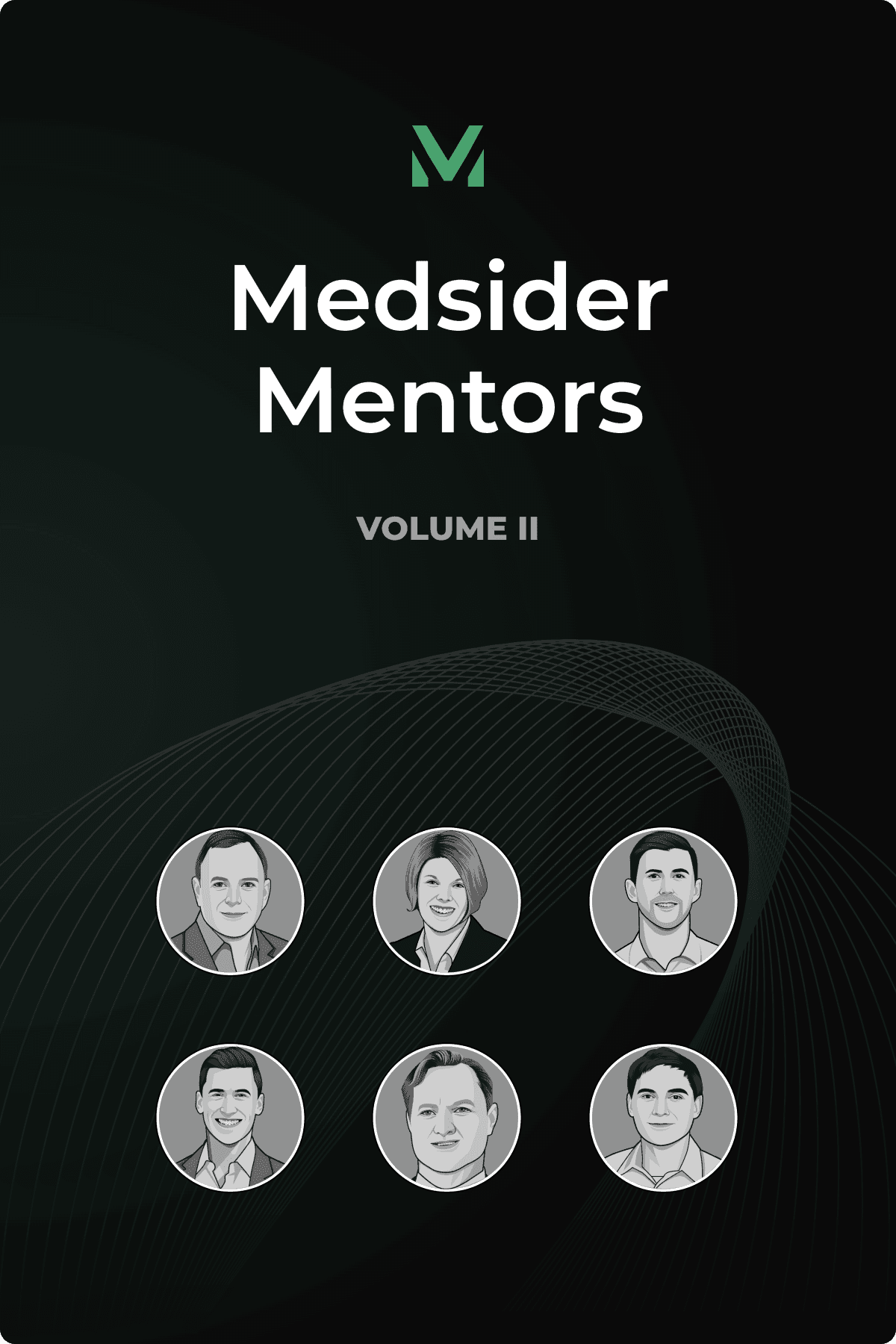Patient Engagement for Medtech Companies is Hard: Here’s Some Advice on How to Do it Right
Interview with Neal Sofian

Engaging with patients in a genuine and transparent way is tough. Really tough. It’s challenging for all healthcare stakeholders – payers, providers, and industry.
From a medtech perspective, we often times get stuck in a certain mindset when trying to engage with patients. Whether it’s a continuous glucose monitor for diabetic patients or a new hip implant for orthopedic patients, we gravitate towards communicating the features and benefits of our particular product. For example, this might sounds familiar – “Joe Patient, you should consider our knee implant because it has a greater arc than Competitor X.”
But is this really the right approach? If our end-goal is for a patient to take action, is this the best way to engage with them? To answer this question, I invited Neal Sofian to the program. He’s currently the VP of Engagement & Innovation at Vivacity, a subsidiary of Premera Blue Cross. Neal is recognized internationally for his work in population health management and behavioral change.
Interview Highlights with Neal Sofian
What does patient personalization really mean? And why messaging around life and context is so important.
Why do so many life science companies fail to effectively personalize their messages to patients?
What technologies can actually support effective patient engagement?
Examples of companies that have been successful at patient personalization.
How to overcome some of the legal challenges associated with patient engagement.
The top 2 things that medtech or biotech companies should do right now to improve their patient engagement initiatives.
Neal’s favorite non-fiction business book, the business leaders he admires the most, and the one piece of advice he’d give to his 30-yr. old self.
You May Like These Articles
Medsider Premium
Become a premium member and unlock access to exclusive Medsider benefits.



